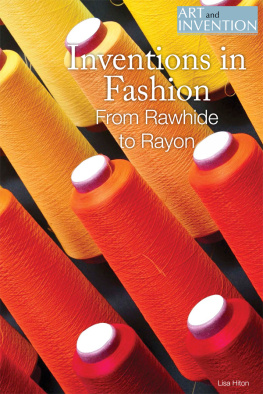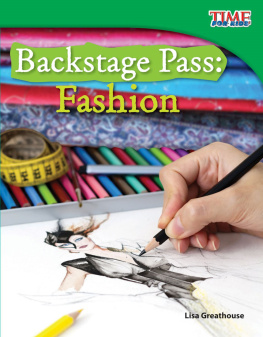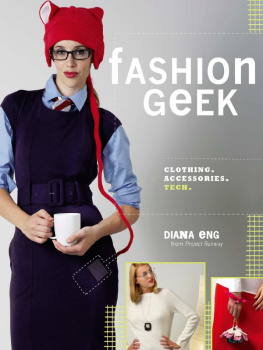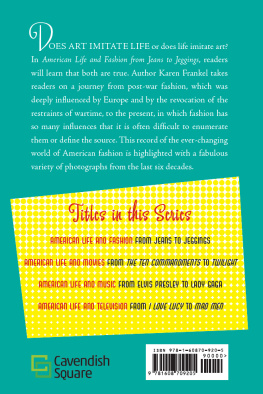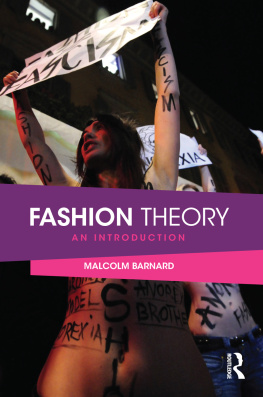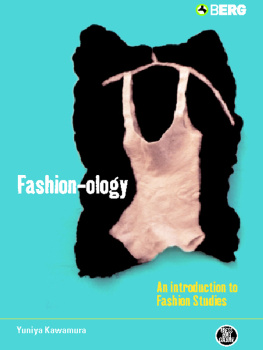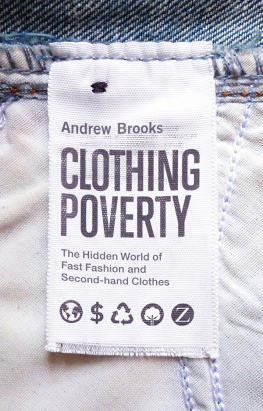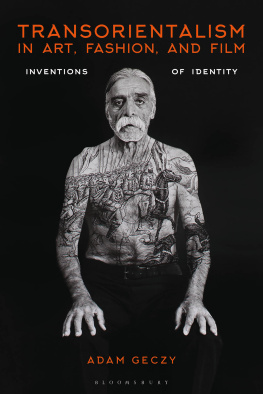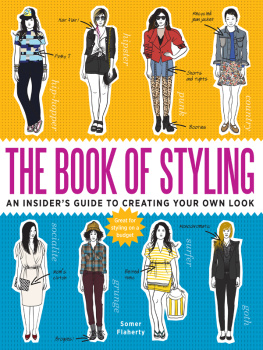Published in 2017 by Cavendish Square Publishing, LLC
243 5th Avenue, Suite 136, New York, NY 10016
Copyright 2017 by Cavendish Square Publishing, LLC
First Edition
No part of this publication may be reproduced, stored in a retrieval system, or transmitted in any form or by any meanselectronic, mechanical, photocopying, recording, or otherwisewithout the prior permission of the copyright owner. Request for permission should be addressed to Permissions, Cavendish Square Publishing, 243 5th Avenue, Suite 136, New York, NY 10016. Tel (877) 980-4450; fax (877) 980-4454.
Website: cavendishsq.com
This publication represents the opinions and views of the author based on his or her personal experience, knowledge, and research. The information in this book serves as a general guide only. The author and publisher have used their best efforts in preparing this book and disclaim liability rising directly or indirectly from the use and application of this book.
CPSIA Compliance Information: Batch #CW17CSQ
All websites were available and accurate when this book was sent to press.
Cataloging-in-Publication Data
Names: Hiton, Lisa.
Title: Inventions in fashion: from rawhide to rayon / Lisa Hiton.
Description: New York : Cavendish Square Publishing, 2017. | Series: Art and invention | Includes index.
Identifiers: ISBN 9781502623058 (library bound) | ISBN 9781502623065 (ebook)
Subjects: LCSH: Fashion--History--Juvenile literature. | Inventions--History--Juvenile literature.
Classification: LCC TT504.H55 2017 | DDC 746.92--dc23
Editorial Director: David McNamara
Editor: Caitlyn Miller
Copy Editor: Nathan Heidelberger
Associate Art Director: Amy Greenan
Designer: Joseph Macri
Production Assistant: Karol Szymczuk
Photo Research: J8 Media
The photographs in this book are used by permission and through the courtesy of: Cover Wilawan Khasawong/Alamy Stock Photo; p. 4 A. B. Wenzel/Conde Nast Collection/Getty Images; p. 10 Stock Montage/Archive Photos/Getty Images; pp. 13, 47 Ullstein Bild/Getty Images; p. 16 George Rinhart/Corbis/Getty Images; p. 19 Roberto Brosan/The LIFE Images Collection/Getty Images; p. 23 Independent Picture Service/UIG/Getty Images; p. 26 Photomadn/Alamy Stock Photo; p. 27 Michael Sewell/Photolibrary/Getty Images; p. 33 Craig Tuttle/Corbis Documentary/Getty Images; p. 35 Silver Screen Collection/Archive Photos/Getty Images; pp. 40-41 Richard Levin/Alamy Stock Photo; p. 43 Photos.com/Thinkstock.com; p. 51 AF archive/Alamy Stock Photo; p. 53 NEMPR Picture the Past/ Heritage Images/Getty Images; pp. 58-59 Universal History Archive/Getty Images; p. 61 Hulton Archive/Getty Images; p. 67 Anaiz777/iStock/Thintstock.com; p. 68 Wikimedia Commons/Public Domain/Tucker Collection/File:Camille Dreyfus portrait.jpg/PD US; p. 71 Wikimedia Commons/Ben Mills/File:Cellulose-Ibeta-from-xtal-2002-3D-vdW.png/PD; pp. 72-73 Wikimedia Commons/Ben Mills/File:Cellulose-Ibeta-from-xtal-2002-CM-3D-balls.png/PD; pp. 76-77 Artokoloro Quint Lox Limited/Alamy Stock Photo; p. 82 Ethan Miller/Getty Images; p. 85 Moleskine; p. 87 Selcuk Acar/ Anadolu Agency/Getty Images; pp. 94-95 Stephen Lovekin/Getty Images for IMG.
Printed in the United States of America

The first issue of Vogue magazine was released in 1892.
INTRODUCTION:
Art You Wear Every Day
T he arts seek to bring us beauty in many forms. In fact, beauty is often reflected in both the content of art itself and the methods the artist has used to create the content. Fashion, too, demonstrates the importance of process and product. But unlike every other art form, fashion is art that you can handle and wear every day. Fashion is not meant to be displayed behind glass in a stuffy museum. Rather, its art that you interact with every day of your life, no matter who you are or where youre from.
In short, fashion is for the masses. Though there are different genres within fashion, it is an art form that doesnt care about how deep your pockets are. We might not all be able to afford a Louis Vuitton purse, yet we have the freedom to define our own style. Because of this freedom of expression, fashion is as empowering as it is controversial. Over time, the introduction of new technology, designs, fabrics, buttons, and shapes have inspired huge reactions. And as fashions evolve, they take on new meanings in popular culture. For instance, while leather jackets were once the uniform of military aviators, they soon became an emblem of cool and resistance to authority.
However, not everyone has the freedom to choose what they wear. Until the late 1800s, women in America didnt wear pants or trousers because of societal conventions. These conventions still exist today in different formssome countries even have strict laws about clothing, and many times these laws affect womens freedoms more than those of men. Most schools ban students from wearing clothes that dont meet their standards of appropriateness; other schools remove fashion choices entirely and require their students to wear uniforms.
Despite cultural norms, oppressive governments, and more, fashion has continued to evolve. New inventions and discoveries in textiles and design have furthered the medium. Fashion designers and style icons use the humble act of getting dressed to stand for freedom of individuality.
Nowadays we know fashion to be an art, but it began as something else: utility. Humans are the first species to make and use clothing. The earliest known uses of clothing were meant to serve as protection from the elements. While we still use clothes for this purpose, the style of those clothes signifies much more than basic survival. As time passed from early human civilization, clothes have become markers of attitude, class, ethnicity, gender, and time period. From the introductions of various materials, improvements made to existing materials, and the industrialization of clothing production, we now have a whole new world of fashion. Weve gone from those early means of protection and survival to the vast variety of color, material, and pattern.
Industrialization, in fact, signaled a huge change in human civilization. Women were once responsible for making clothing for their families, yet the invention and advancement of machines like the cotton gin and the sewing machine meant that clothing could be mass produced far more quickly than it could be crafted by hand. The mechanization of garment making disrupted the livelihoods of seamstresses and tailorsnone of them could out-sew a machine. Throughout the modern era, human civilization often invents a machine that stands to erase a human skill or craft from the world. But humans also learn quickly to adapt to changes and to preserve skills and ideas worth keeping.
The main elements of fashion are design and textiles. We wouldnt have boots without leather. We wouldnt have blue jeans without denim. And wed be nowhere in fashion without the likes of the sewing machine, zippers, buttons, or lace. Behind these objects is industrialization, trade, distribution, and merchandising. While manufacturing keeps the fashion industry moving, artists and inventors continue to find ways to disrupt the market and remind us that style (and innovation!) is in our own hands.

